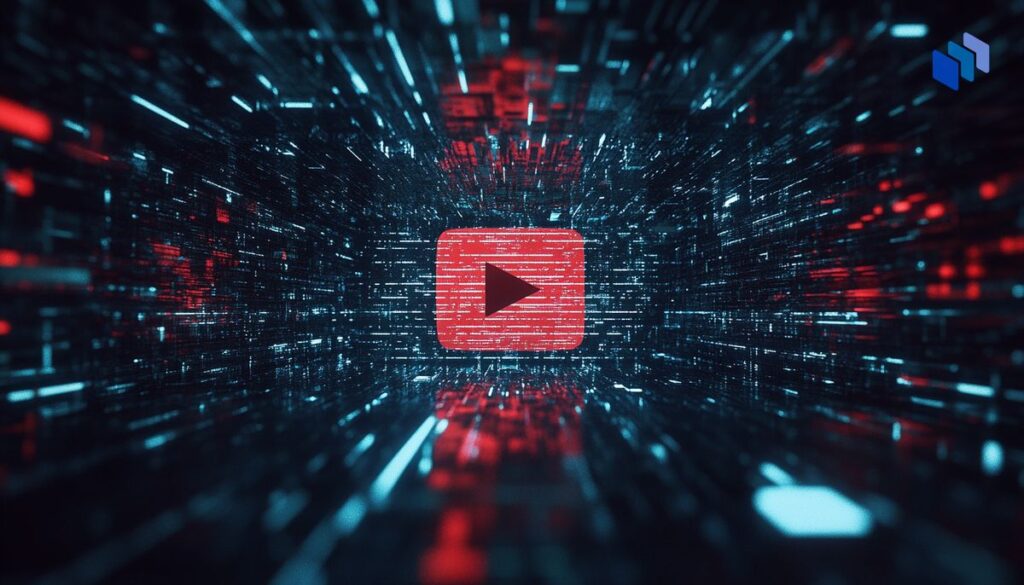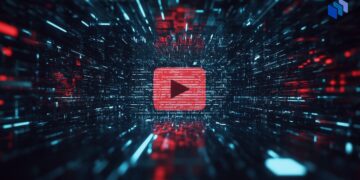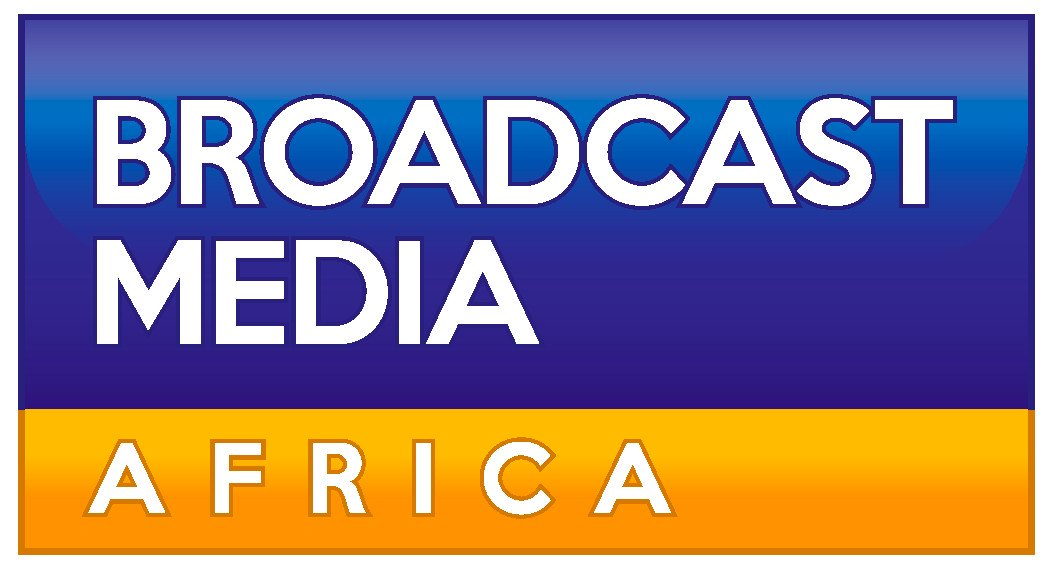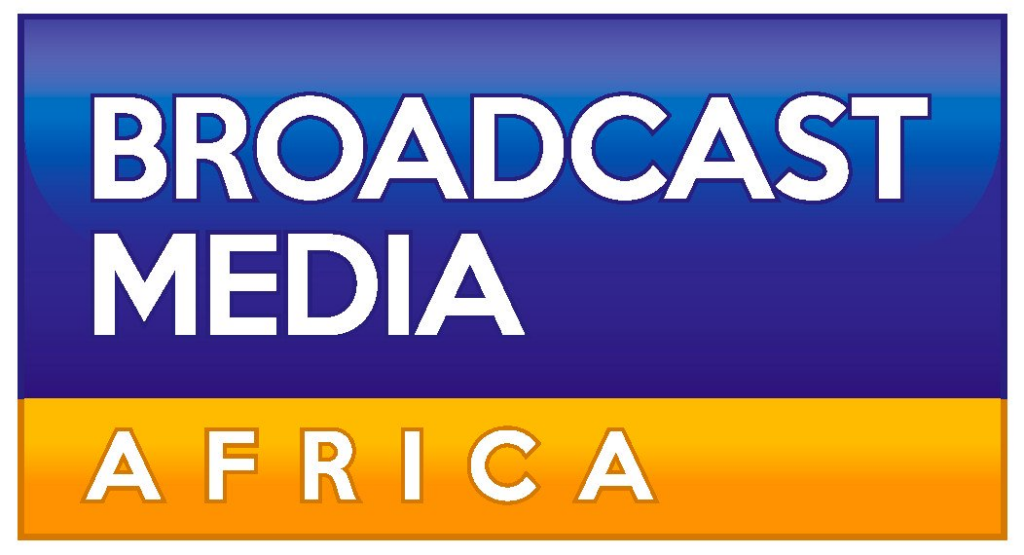
YouTube recently implemented a change to its monetisation guidelines aimed at discouraging the posting of duplicate content. Following the announcement, the platform was prompted to provide further clarification as creators raised concerns about the potential ramifications of this update.
Recently, YouTube introduced an enhancement in its approach to enforcing policies against “mass-produced” content bolstered by improved detection techniques.
“To qualify for monetisation through the YouTube Partner Program (YPP), creators have always been expected to publish original and authentic work. Starting July 15, 2025, we will update our guidelines to enhance the identification of mass-produced and repetitive content. This update more accurately reflects what constitutes ‘inauthentic’ content today.”
This suggests YouTube is aiming to tackle AI-generated imitation content and various processes involved in replicating it. Specifically, the platform targets:
“Channels upload narrative stories with only minor variations and channels that present slideshows featuring identical narration.”
The focus is on content that closely mirrors existing videos on the platform without offering any significant alterations.
While this may appear straightforward with no significant cause for concern, speculation persists regarding what “mass-produced” and “repetitive” truly mean within this framework.
YouTube has since elaborated on what the update entails and how it will affect different types of content. According to Rene Ritchie, YouTube’s Creator Liaison, “repetitive” content is now called “inauthentic” content, which clarifies that the policy targets mass-produced and repetitive items.
This update does not affect re-used content; creators can still share content sourced from other platforms or re-upload videos on YouTube, and it will remain eligible for monetisation.
“All types of content in this category can continue to be monetised if significant original commentary, modifications, or educational or entertainment value has been added to the original video,” YouTube clarified.
Importantly, this update does not specifically target AI-generated content:
YouTube encourages creators to use AI tools to enhance their storytelling. Channels that incorporate AI in their videos remain eligible for monetisation. YouTube also offers creators several AI tools, including autodubbing and Dreamscreen. All creators must comply with YouTube’s monetisation policies and disclose when their content is altered or synthetic.”
While AI-generated content is not the central focus of this update, YouTube has been actively addressing channels that share fake, AI-generated movie trailers.


















